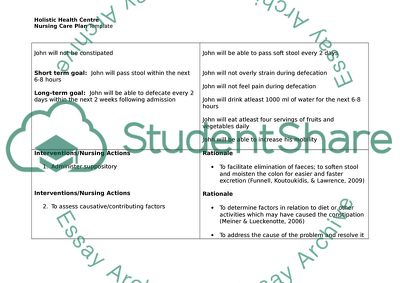Cite this document
(Essential Nursing Care: Student Care Plan Assignment, n.d.)
Essential Nursing Care: Student Care Plan Assignment. https://studentshare.org/nursing/1742880-nursing-care-plan
Essential Nursing Care: Student Care Plan Assignment. https://studentshare.org/nursing/1742880-nursing-care-plan
(Essential Nursing Care: Student Care Plan Assignment)
Essential Nursing Care: Student Care Plan Assignment. https://studentshare.org/nursing/1742880-nursing-care-plan.
Essential Nursing Care: Student Care Plan Assignment. https://studentshare.org/nursing/1742880-nursing-care-plan.
“Essential Nursing Care: Student Care Plan Assignment”. https://studentshare.org/nursing/1742880-nursing-care-plan.


